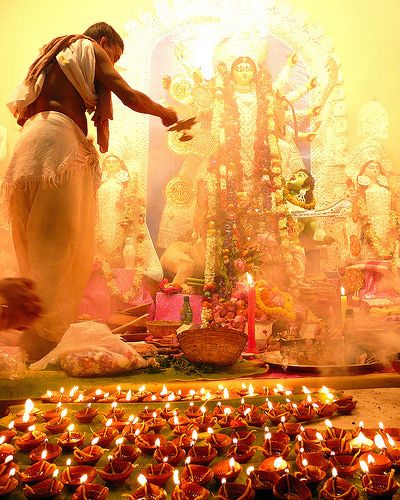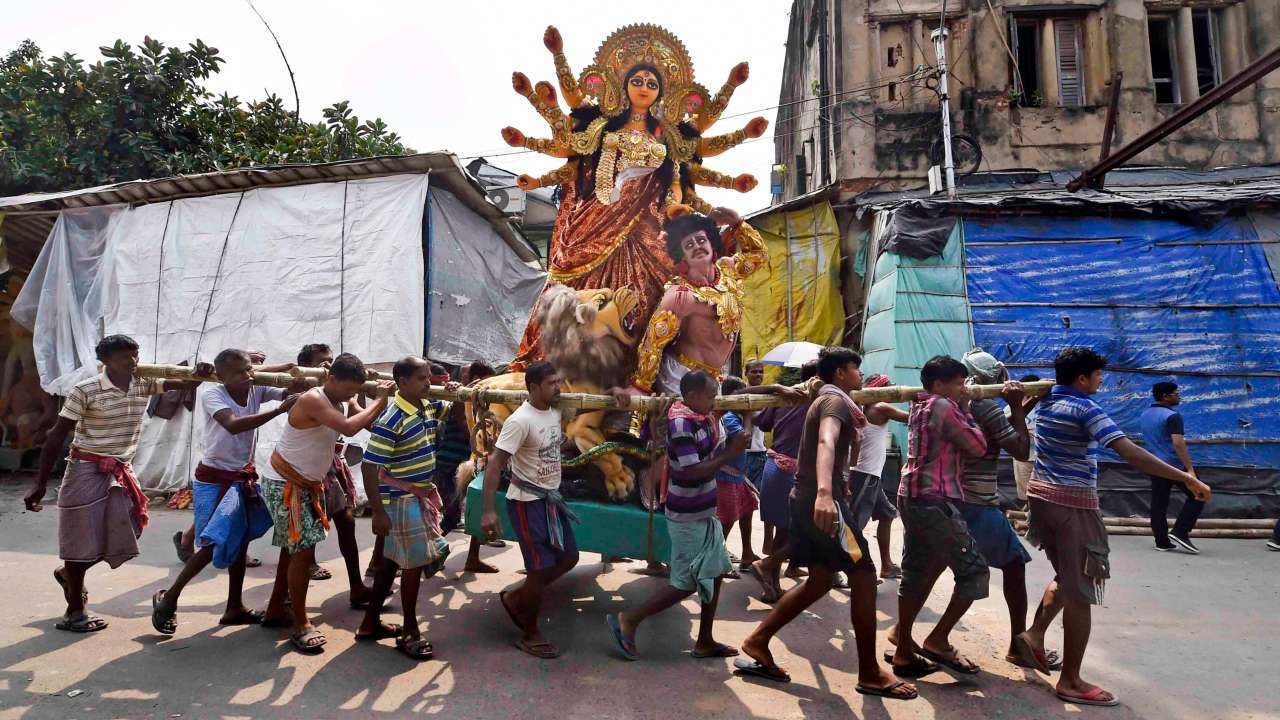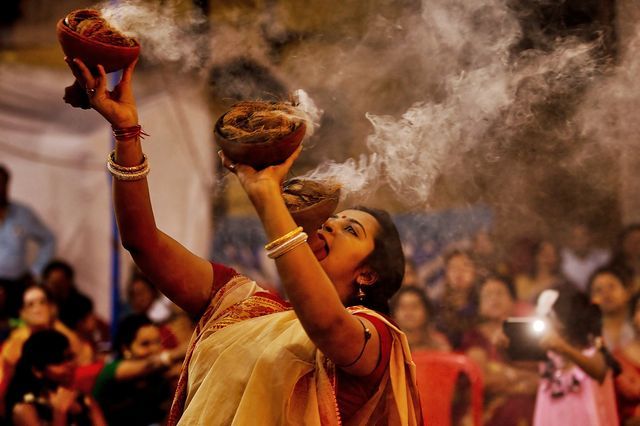Durga Puja, one of the most celebrated festivals in India, holds a special place in the heart of West Bengal. This grand annual event, which honors the victory of Goddess Durga over the buffalo demon Mahishasura, is not just a religious occasion but a cultural extravaganza that brings together people from all walks of life. Spanning over ten days, with the last five being the most significant, Durga Puja is a time of joy, devotion, and cultural expression.
Historical Background
The origins of Durga Puja in Bengal can be traced back to the late 16th century, though the festival gained widespread popularity during the 18th century. Initially, it was celebrated privately by wealthy zamindars (landlords) in their homes. Over time, it evolved into a community festival, especially during the British colonial period, when it became a symbol of cultural identity and social unity among Bengalis. The festival’s transformation from an elite family affair to a public celebration marked a significant shift in its cultural and social importance.
 Religious Significance
Religious Significance
Durga Puja is deeply rooted in Hindu mythology, symbolizing the triumph of good over evil. According to the legend, the demon Mahishasura, who had been granted a boon that made him nearly invincible, was terrorizing the heavens and the earth. The gods, unable to defeat him, appealed to the divine feminine power, Shakti, who manifested as Goddess Durga. Armed with weapons from the gods and riding a lion, Durga fought Mahishasura for nine days and nights, finally vanquishing him on the tenth day, known as Vijaya Dashami. Thus, Durga Puja celebrates the victory of righteousness and the power of the divine feminine.
 Rituals and Preparations
Rituals and Preparations
The preparations for Durga Puja begin months in advance, with artisans in places like Kumartuli, a famous potters’ colony in Kolkata, working tirelessly to create the clay idols of Goddess Durga and her entourage, which include her children—Ganesha, Kartikeya, Lakshmi, and Saraswati. The intricate process of crafting these idols is itself a form of art, with each stage, from the clay molding to the final painting, being done with great devotion and skill.
The festival officially begins on Mahalaya, the day when the goddess is believed to descend to earth. The main festivities start on Shashti, the sixth day, when the idols are unveiled, and continue through Saptami, Ashtami, and Navami, each day marked by elaborate rituals, offerings, and cultural performances. On Ashtami, the most significant day, the Sandhi Puja is performed, which symbolizes the moment when Durga killed Mahishasura. The festival culminates on Vijaya Dashami with the immersion (Visarjan) of the idols in rivers and other water bodies, signifying the departure of the goddess to her heavenly abode.Cultural Extravaganza
Beyond the religious rituals, Durga Puja is a time of immense cultural activity. Kolkata and other parts of West Bengal are transformed into vibrant hubs of art, music, dance, and food. The creation of pandals—elaborate temporary structures that house the idols—is a major highlight. These pandals are often based on various themes, ranging from traditional temples to replicas of famous monuments, and even contemporary issues. Pandal hopping, where people visit different pandals across the city, is a popular activity, and it offers a unique way to experience the creativity and diversity of the festival.
The evenings come alive with cultural performances, including dance, drama, and music, as well as community feasts where people gather to share bhog (food offerings made to the goddess). The festival also sees the streets filled with stalls selling everything from clothes and accessories to sweets and street food, adding to the festive atmosphere.
 Photography at the Durga Puja Festival
Photography at the Durga Puja Festival
Photography at the Durga Puja Festival in West Bengal is a vibrant and captivating experience, offering photographers a unique opportunity to capture the essence of one of India’s most grand and colorful celebrations. The festival’s elaborate pandals, intricately crafted idols of Goddess Durga, and the fervent devotion of the people provide a rich tapestry of subjects. Photographers can document the emotional moments of rituals, the vibrant cultural performances, and the lively streets filled with festive decorations.
Durga Puja in West Bengal is much more than a religious festival; it is a cultural phenomenon that embodies the spirit of the Bengali people. It is a time when art, religion, and community come together in a grand celebration of life and devotion. Despite the challenges, the festival continues to thrive, adapting to the changing times while remaining rooted in its rich traditions. Durga Puja not only strengthens the cultural identity of Bengalis but also serves as a reminder of the enduring power of faith and the triumph of good over evil.

